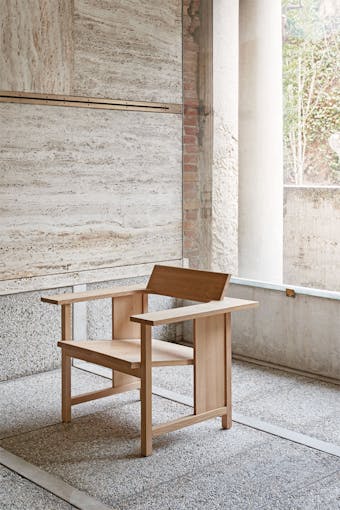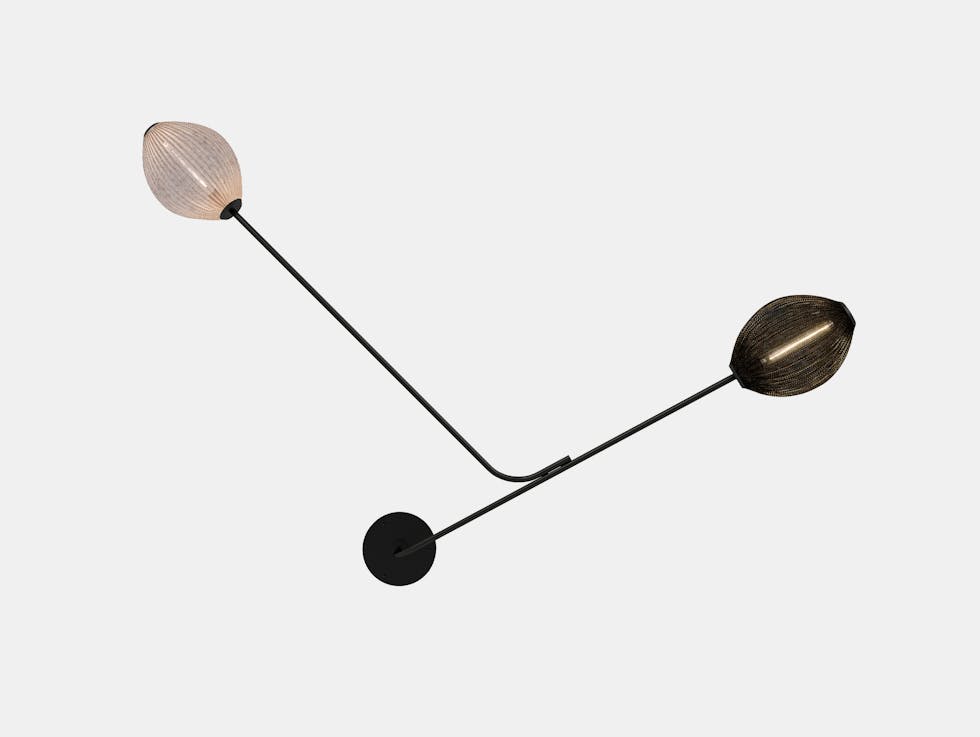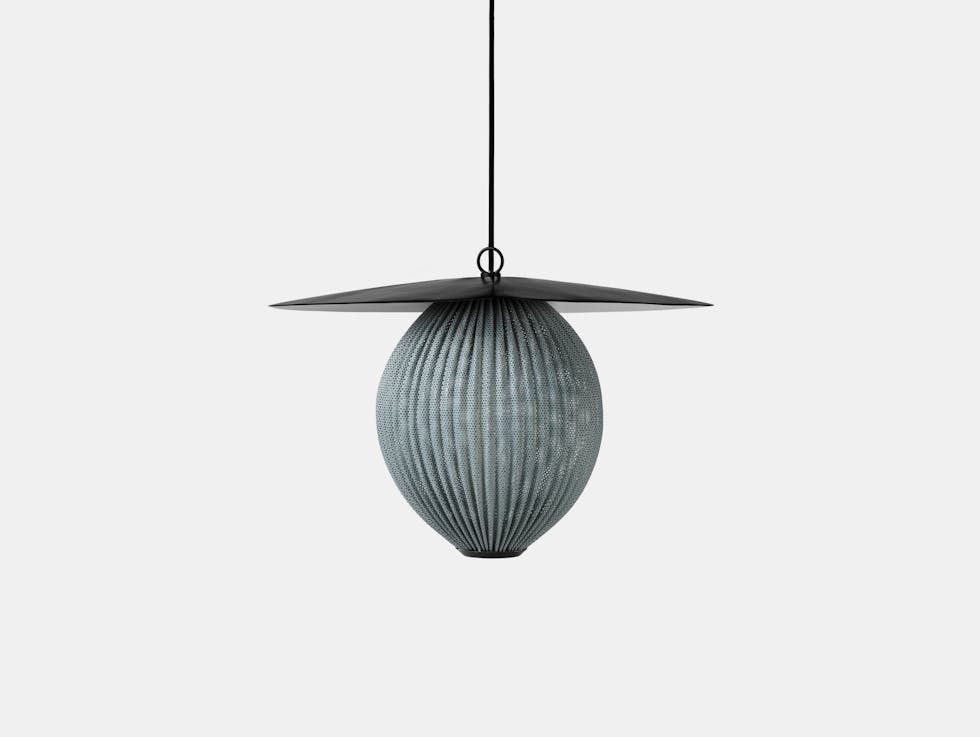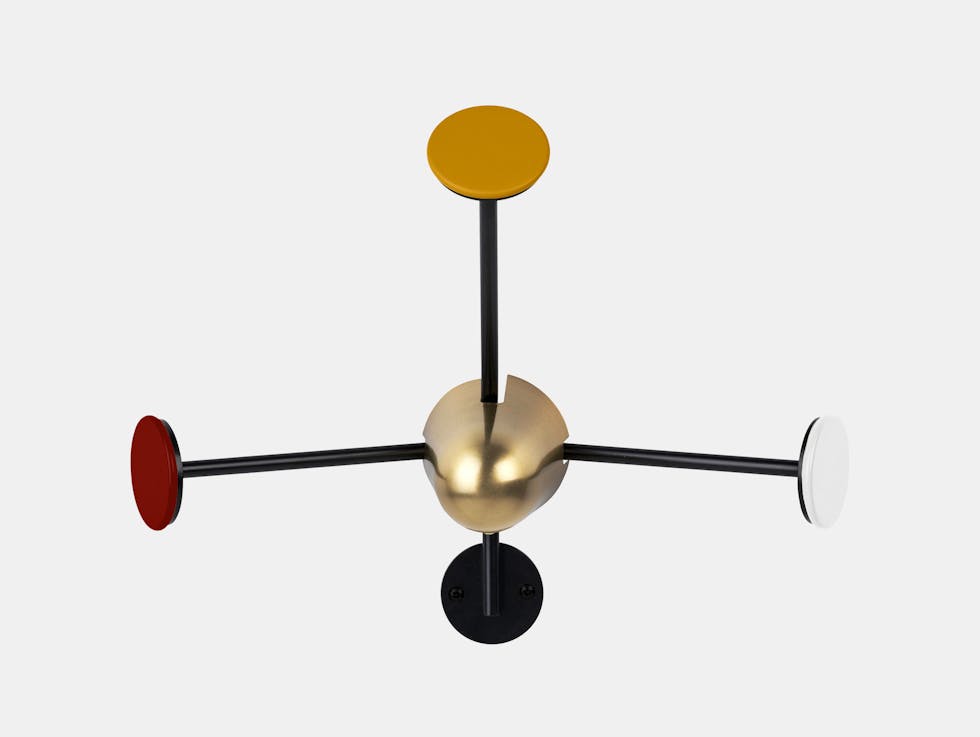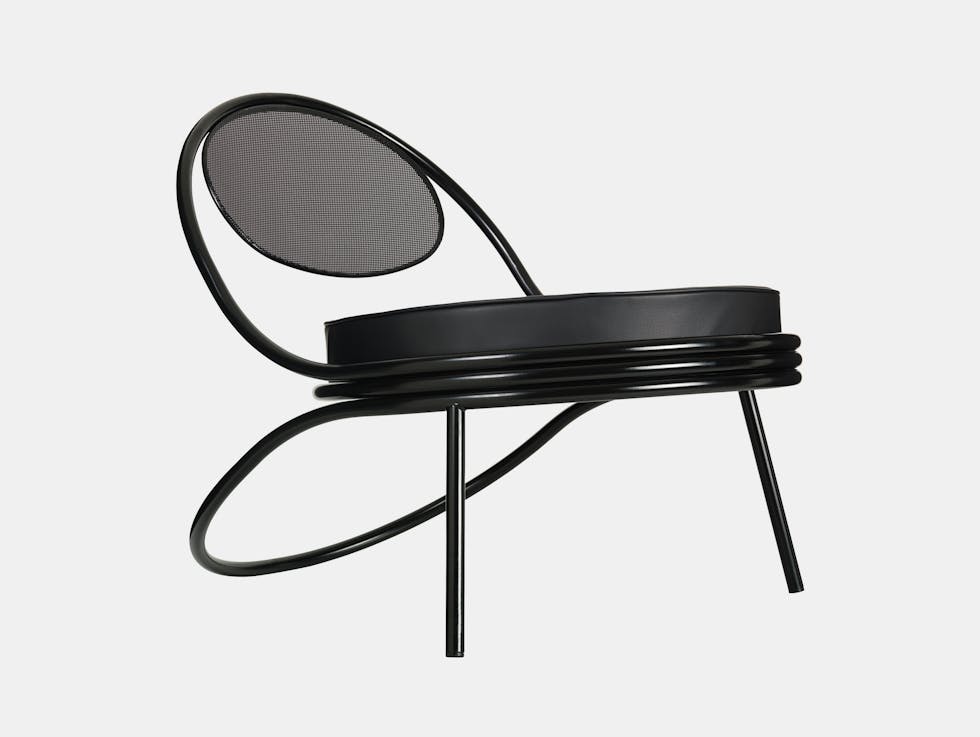Mathieu Matégot
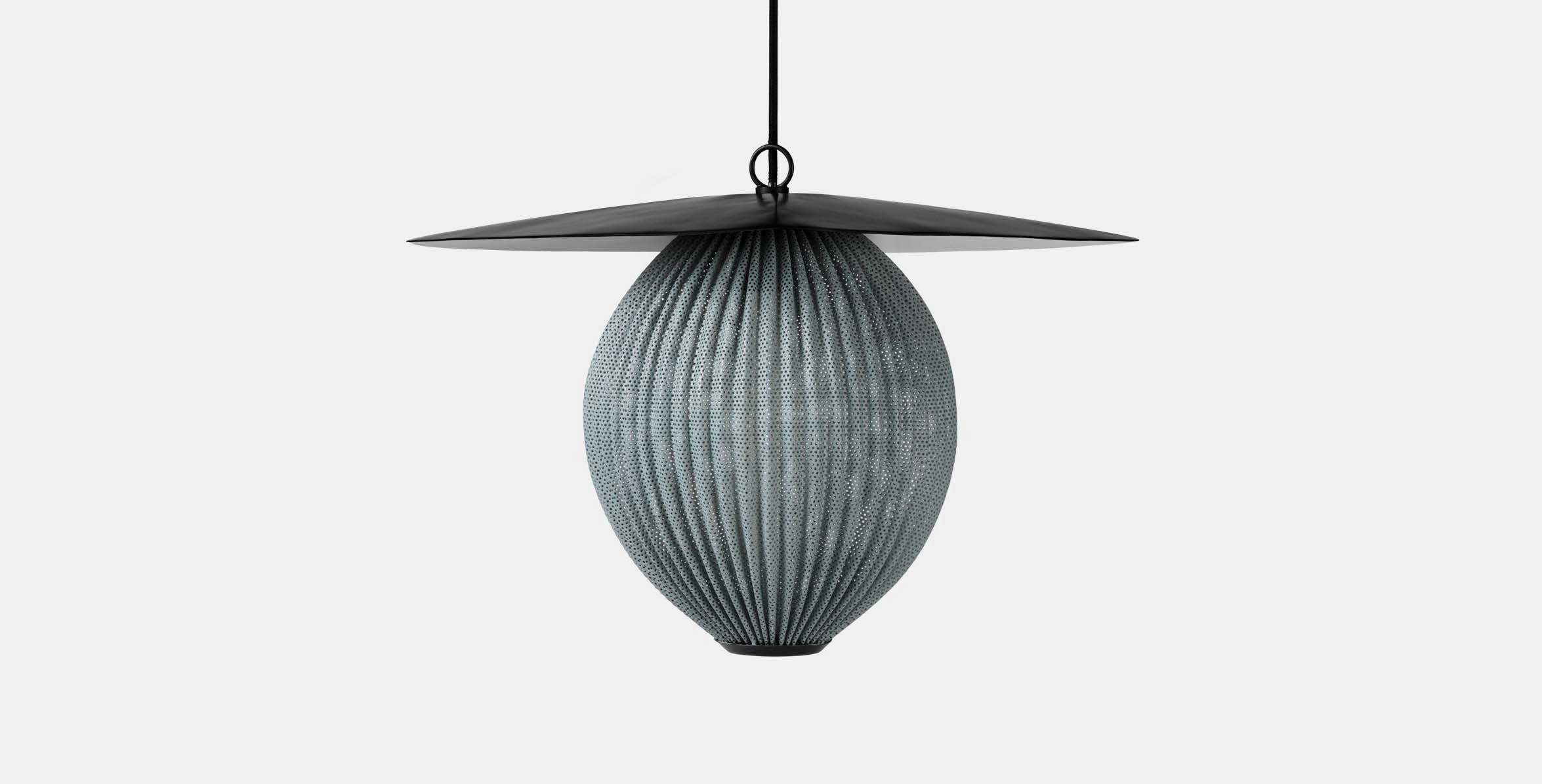
Designer Mathieu Matégot was a versatile, self taught designer famed for using the rigitulle metalworking technique.
Born in Budapest, Hungary, designer Mathieu Matégot moved to Paris in 1931 after completing his studies at Budapest’s School of Art and Architecture. At the start of the Second World War in 1939, he volunteered for the French Army and was captured by German Forces and imprisoned until his escape in 1944.
Whilst a prisoner of war Matégot was assigned to metalworking labour. It was here that he learned the innovative 'Rigitulle' technique that was to become a defining part of his design style in later years. This metalworking process involves combining metal tubing with a perforated metal sheet. Like fabric, Rigitulle could be bent, folded and shaped, adding weightlessness and translucency to Matégot's designs.
After the war, Matégot patented the technique and set up a workshop to produce his unique designs. It was during this period he produced several iconic pieces such as the Matégot Trolley, the Nagasaki Chair and Kangourou Tables. He abruptly quit designing furniture and lighting in the 1960s turning his focus to tapestry which he continued to do pursue until his death in 2001.
Several of Matégot's most renowned furniture and lighting designs are part of Gubi's collection.
